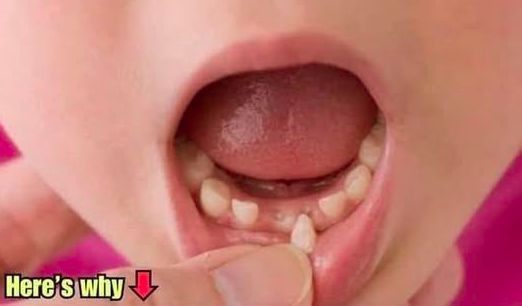When your child loses a baby tooth, it’s tempting to toss it away or tuck it under a pillow for the Tooth Fairy. But according to doctors and researchers, those tiny teeth could hold life-saving potential.
A Real-Life Miracle
In 2016, 7-year-old Jenson Wright was battling leukemia—his second cancer diagnosis after surviving lymphoma as a toddler. Chemotherapy had failed, and his parents feared the worst.
But then, hope arrived in the form of a donated umbilical cord from a mother in Texas. Rich in stem cells, the cord blood was used in a transplant that saved Jenson’s life.
Just five days after surgery, the new healthy cells started fighting off the cancer. Today, Jenson is a thriving 16-year-old. His story is a powerful reminder of how medical science can transform lives.
How Baby Teeth Fit In
Now, researchers believe baby teeth may be just as valuable as cord blood. Why? Because they contain a special type of stem cell found in the tooth’s soft center (dental pulp)—cells that may help repair organs, grow new tissue, and treat diseases like Parkinson’s, diabetes, and even heart conditions.
These stem cells, called mesenchymal stem cells (MSCs), are especially valuable because they:
-
Can be harvested non-invasively during the natural tooth-loss process.
-
Are a perfect match to the donor, meaning zero risk of rejection.
-
Could one day help treat the child—or even a close relative—in need.
Tooth Banking: How It Works
Instead of throwing away your child’s baby teeth, you can now send them to a tooth stem cell bank, where the cells are preserved for potential future use.
The process involves:
-
Collecting the freshly lost tooth.
-
Sending it to a certified lab.
-
Cryogenically freezing the stem cells for long-term storage.
Is It Worth the Cost?
The science is promising, but real-world treatments using dental stem cells are still in development. Tooth banking services charge for both the initial processing and yearly storage—so it’s an investment in a “biological insurance policy” that might not pay off for years (or at all).
However, for some families, that peace of mind is priceless.
Public stem cell banks, such as those for cord blood, are already being used in proven therapies. But private dental stem cell banks offer hope for personalized medicine in the future.
Final Thought
A single baby tooth might seem small, but it could one day play a big role in saving a life. Whether or not you choose to invest in tooth banking, it’s worth knowing that the tiniest parts of us may carry powerful healing potential.
Would you save your child’s baby teeth for the future? Let us know—and share this with other parents who may want to know about this incredible possibility.

Sophia Reynolds is a dedicated journalist and a key contributor to Storyoftheday24.com. With a passion for uncovering compelling stories, Sophia Reynolds delivers insightful, well-researched news across various categories. Known for breaking down complex topics into engaging and accessible content, Sophia Reynolds has built a reputation for accuracy and reliability. With years of experience in the media industry, Sophia Reynolds remains committed to providing readers with timely and trustworthy news, making them a respected voice in modern journalism.
